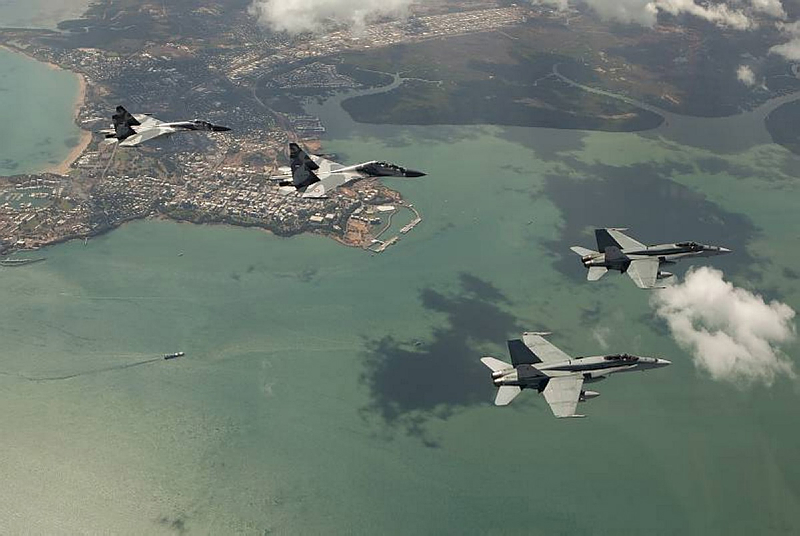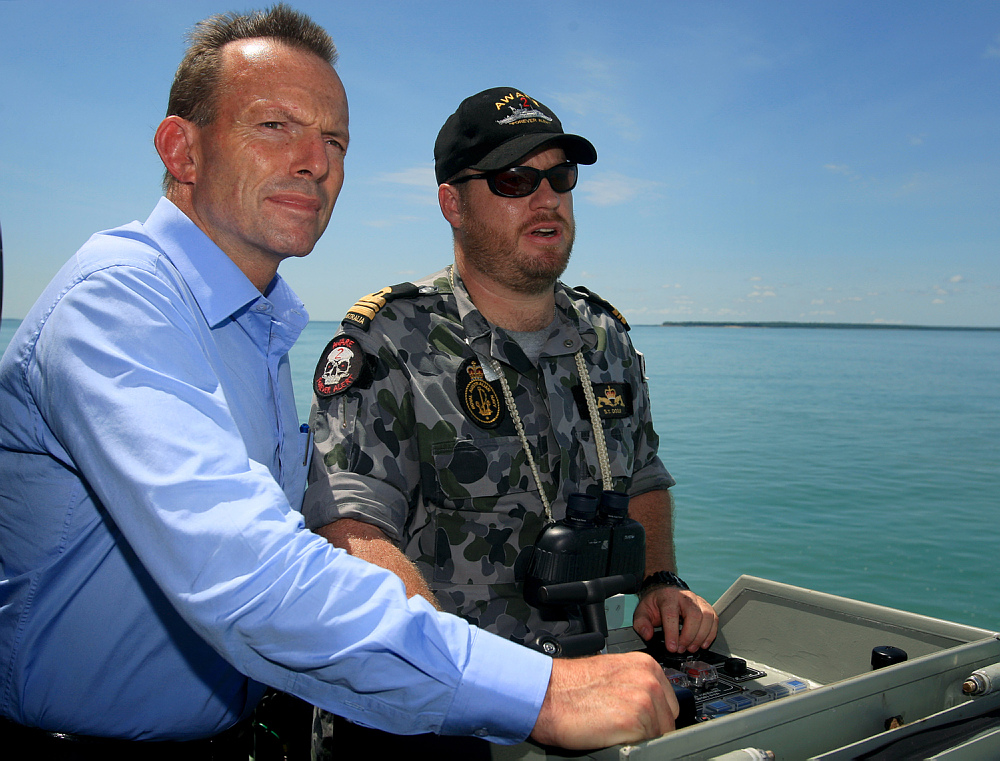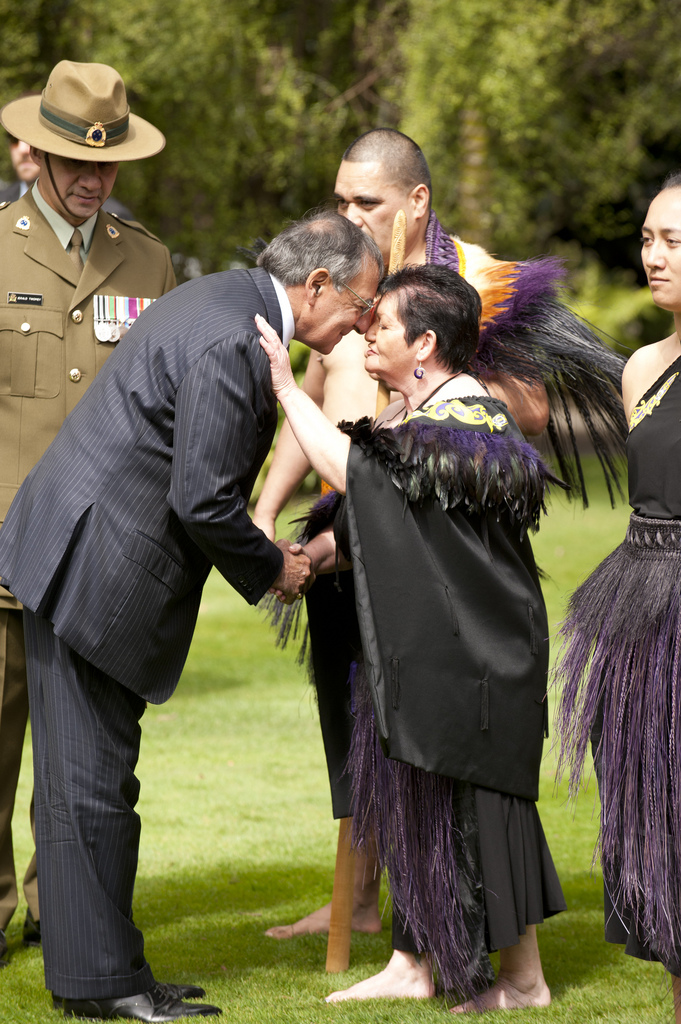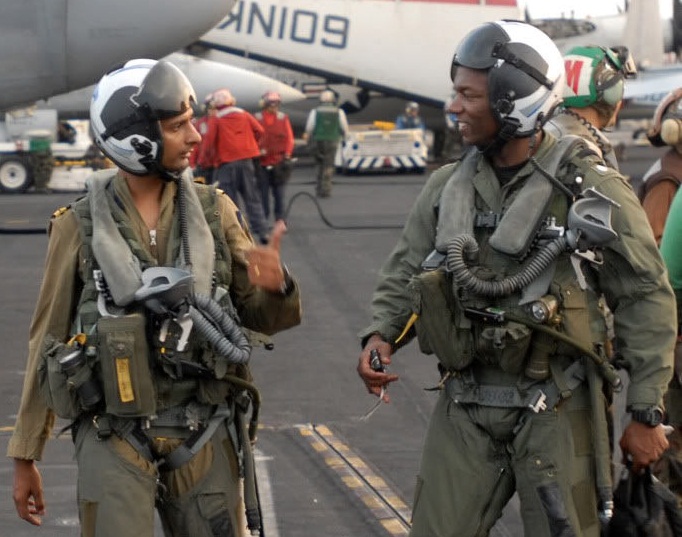India threat?
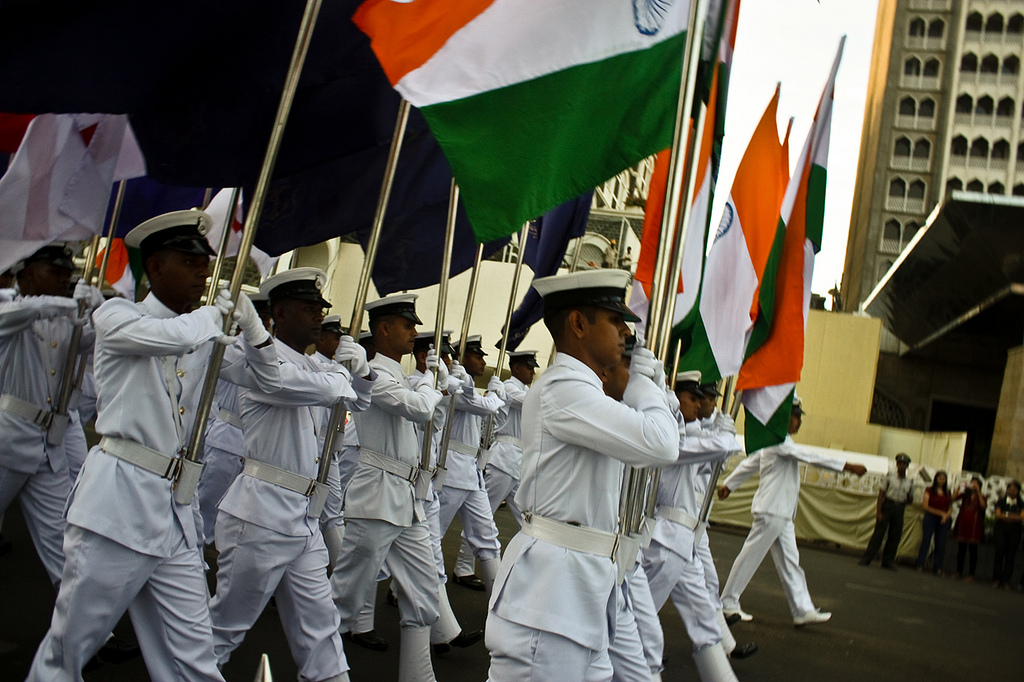 India is presently investing in a sustained program of military modernisation. Some $40bn was earmarked for defence in the budget for 2012–13, with a significant proportion to be spent on new weapons. This year, according to SIPRI, India became the world’s biggest arms importer, and its long ‘wish list’—including fourth-generation fighters, heavy-lift aircraft, attack helicopters and main battle tanks—suggests that it will remain in that position for years to come.
India is presently investing in a sustained program of military modernisation. Some $40bn was earmarked for defence in the budget for 2012–13, with a significant proportion to be spent on new weapons. This year, according to SIPRI, India became the world’s biggest arms importer, and its long ‘wish list’—including fourth-generation fighters, heavy-lift aircraft, attack helicopters and main battle tanks—suggests that it will remain in that position for years to come.
These numbers, however, tell only part of the story. Some of this modernisation program involves upgrades to defensive capabilities, but not all. The mix also includes three new aircraft carriers (a refurbished Russian ship should eventually be delivered in early 2013, with two indigenous carriers soon to follow), nuclear submarines (a leased Russian Akula-II class boat plus a new Indian one) and air-to-air refuelling tankers (six soon to be ordered), as well as those multi-role combat aircraft, transports, helicopters and tanks. Many of these are systems designed more for power projection within and beyond India’s immediate region as well as for territorial defence.
In scale and spend, India is matching parts of China’s longer-running and more expensive modernisation program. In others areas—aircraft carriers and air-to-air refuelling, for example—India is arguably acquiring superior capabilities. Yet while China’s military modernisation is generally considered a cause for cause alarm, India’s program is not. Why? Read more

